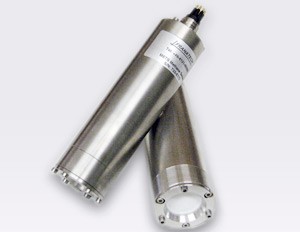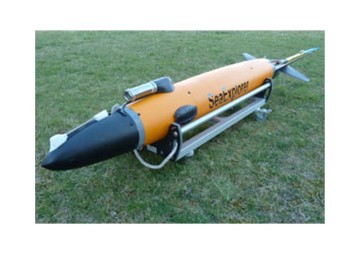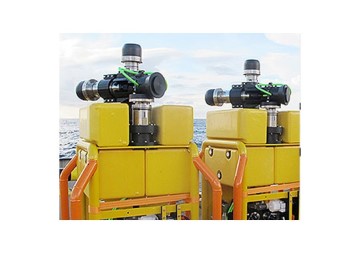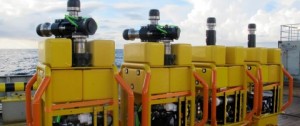Franatech METS
dissolved methane and temperature sensor
overview
- Ideal for moorings, AUV's, sniffers and underwater dissolved CH4 monitoring
- Pre-calibrated and ready to install
Real performances at affordable costs, the METS Methane Sensor has been field proven for many years. The METS methane sensor has established itself worldwide as a valued tool for many applications. Offering a comprehensive range of versions and calibration settings to meet different requirements. No internal moving parts or pumps, hence lower failure risk and lower power drain.
The METS Methane Sensor measures CH4 and temperature simultaneously. The METS has been deployed extensively in oil and gas underwater exploration and monitoring. The METS has also been used to detect CH4 seepage across numerous scientific studies. The METS can either be attached to AUV's or sniffers, or it can be used for long term studies on fixed moorings.
The METS can also be used in laboratory experiments being supported by either a data logger or connected to a computer through a RS-232 cable. The METS has its own dedicated software for real time data observations and collection.
The METS Methane Sensor is supported by our range of data loggers with remote download options, or we can connect the sensor to your logging platform. Contact us for more details.
case study: gas monitoring and leak detection in underwater application for the offshore oil and gas
 “Selection And Use Of Subsea Leak Detection Systems” Det Norske Veritas Recommended Practice, DNV-RPF302 (April 2010)
“Selection And Use Of Subsea Leak Detection Systems” Det Norske Veritas Recommended Practice, DNV-RPF302 (April 2010)
- It is not anticipated that a single technology/principle would be able to detect all of the possible leaks in all possible environments
- Combining two or more types of sensors may provide more confidence in the overall leakage detection system
- Complementary sensor technologies should be selected to compensate for the respective weaknesses and enable indication of a leak event from one sensor type to be confirmed by positive indications from the other sensor type
- Point sensors may be installed over critical leak points
advantages of point gas sensors
- Data aggregation from different technologies is necessary to reduce uncertainty in particular rate and risk of false alarms
- Gas sensors can be used also for oil detection, as crude live oil has a high content in dissolved gas
- Gas plumes spreads out much faster than oil, and can therefore be used as early indicator
- Gas sensors can be positioned according to prior leak propagation simulation based on model e.g. “DeepBlow – a Lagrangian Plume Model for Deep Water Blowouts” Spill Science & Technology Bulletin, 6(2), April 2000, pp103-111, Øistein Johansen, SINTEF , Trondheim, Norway
application
A total of 11 Franatech METS Methane Sensors have been deployed as part of an under water leakage detection network in the North-Sea for a long-term monitoring purpose. The concept design and development of the under water leakage system is lead by the Norwegian Geotechnical Institute and Company Stinger Technology AS. The network is installed around a platform operated by a major international oil company. The picture above shows some of the network nodes (without seabed frames) prior to offshore installation.
specifications
- Measurement Range:
- Type I: Standard, 50nM to 10 uM range (~0.003% to ~0.8%)
- Type II: Low Range, 20nM to 1uM range (0.001% to 0.1%)
- Type III: High Range, 1uM to 40uM range (0.1% to 3%)
- Measurement Principle: Semiconductor Sensor
- Custom calibration ranges available
- Response Time: 1 to 30 minutes, depending on conditions
- Material: Titanium
- Weight in Air/Water: 0.8kg/0.5kg
- Depth Rating: 4000m
- Outputs: 0-5V, RS485; Options: RS232, 4 to 20mA
- Input: 9 to 36VDC, 40 to 120mA @ 12VD
manual & docs
- METS Methane Sensor Manual
- Dissolved Methane Applications
- Tracing Seabed Gas Seepages with Methane Sensors
- Seabed Gas Leakage Detection
related products






